Do you have a question about the Toyota 2001 Tundra and is the answer not in the manual?
Explains warning types (CAUTION, NOTICE) and symbols used in the manual.
Lists and explains various indicator and warning light symbols found on the instrument panel.
Introduces the gauges, meters, and service reminder indicators.
Introduces the air conditioning system, covering controls, settings, and tips.
Provides essential precautions for safe off-road driving to minimize risks and prevent vehicle damage.
Describes the tandem master cylinder brake system and its dual sub-systems.
Provides the normal starting procedure for the engine.
Provides simple checks and procedures to follow when the vehicle fails to start.
Details steps to take if the engine stalls while the vehicle is in motion.
Explains what to do if the engine coolant temperature gauge indicates overheating.
Provides a step-by-step guide for changing a flat tire, including safety precautions.
Explains recommended towing methods and precautions to prevent vehicle damage.
Advises on how to obtain replacement keys and what to do if keys are locked inside the vehicle.
Explains common causes of corrosion and provides guidelines for prevention.
Highlights clues and signs that may indicate the vehicle needs service or repair.
Explains how to report vehicle safety defects to NHTSA and Toyota.
Explains the DOT quality grading system for tires (treadwear, traction, temperature).
Explains warning types (CAUTION, NOTICE) and symbols used in the manual.
Lists and explains various indicator and warning light symbols found on the instrument panel.
Introduces the gauges, meters, and service reminder indicators.
Introduces the air conditioning system, covering controls, settings, and tips.
Provides essential precautions for safe off-road driving to minimize risks and prevent vehicle damage.
Describes the tandem master cylinder brake system and its dual sub-systems.
Provides the normal starting procedure for the engine.
Provides simple checks and procedures to follow when the vehicle fails to start.
Details steps to take if the engine stalls while the vehicle is in motion.
Explains what to do if the engine coolant temperature gauge indicates overheating.
Provides a step-by-step guide for changing a flat tire, including safety precautions.
Explains recommended towing methods and precautions to prevent vehicle damage.
Advises on how to obtain replacement keys and what to do if keys are locked inside the vehicle.
Explains common causes of corrosion and provides guidelines for prevention.
Highlights clues and signs that may indicate the vehicle needs service or repair.
Explains how to report vehicle safety defects to NHTSA and Toyota.
Explains the DOT quality grading system for tires (treadwear, traction, temperature).
| Brand | Toyota |
|---|---|
| Model | 2001 Tundra |
| Category | Automobile |
| Language | English |
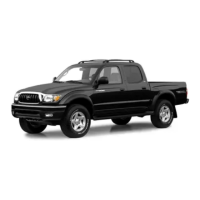


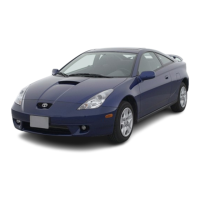
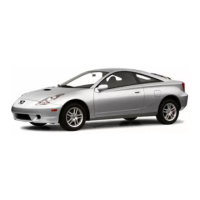
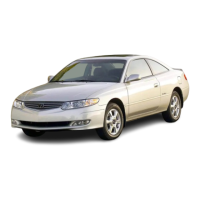
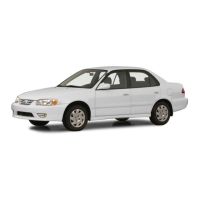
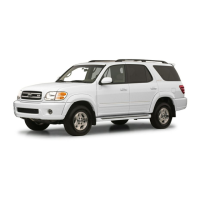
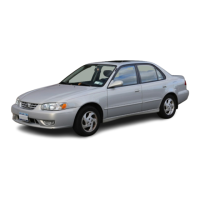

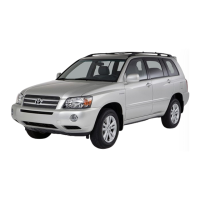
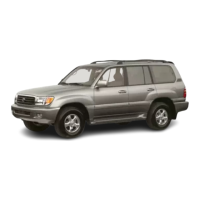
